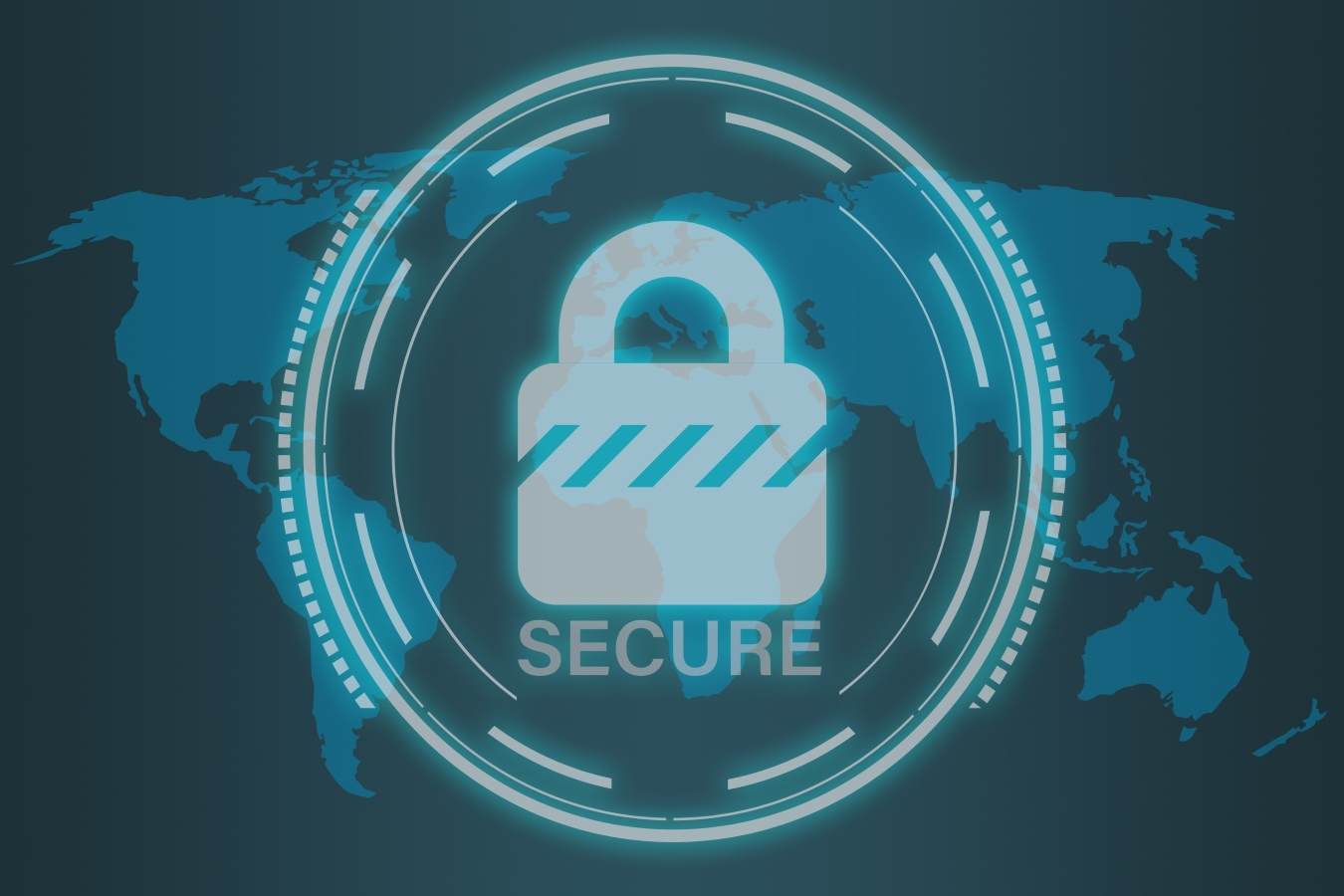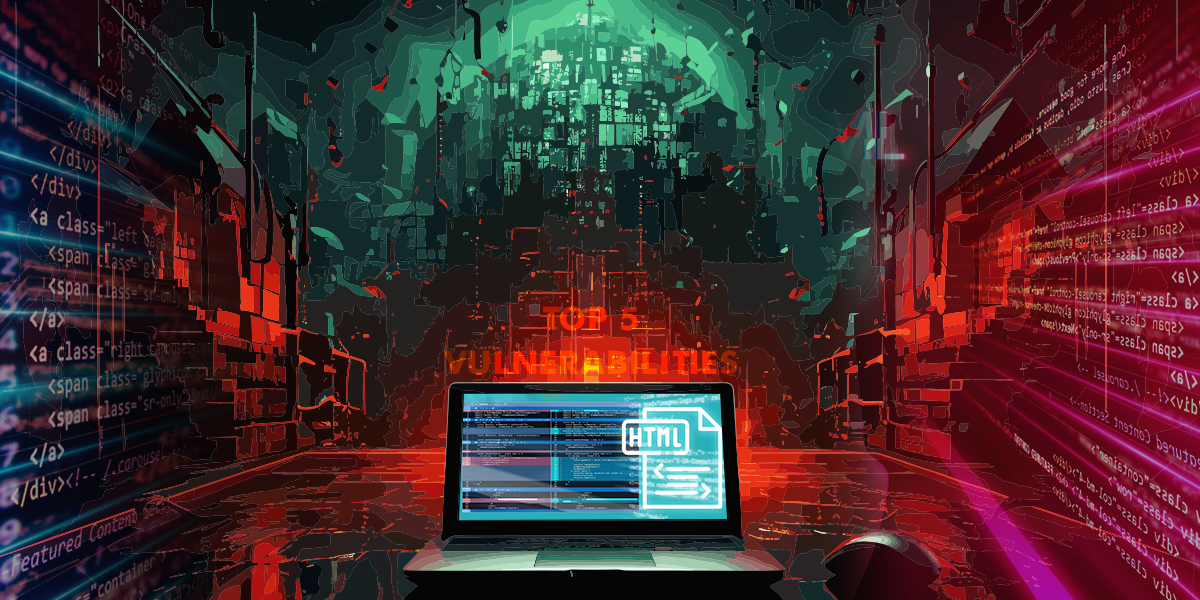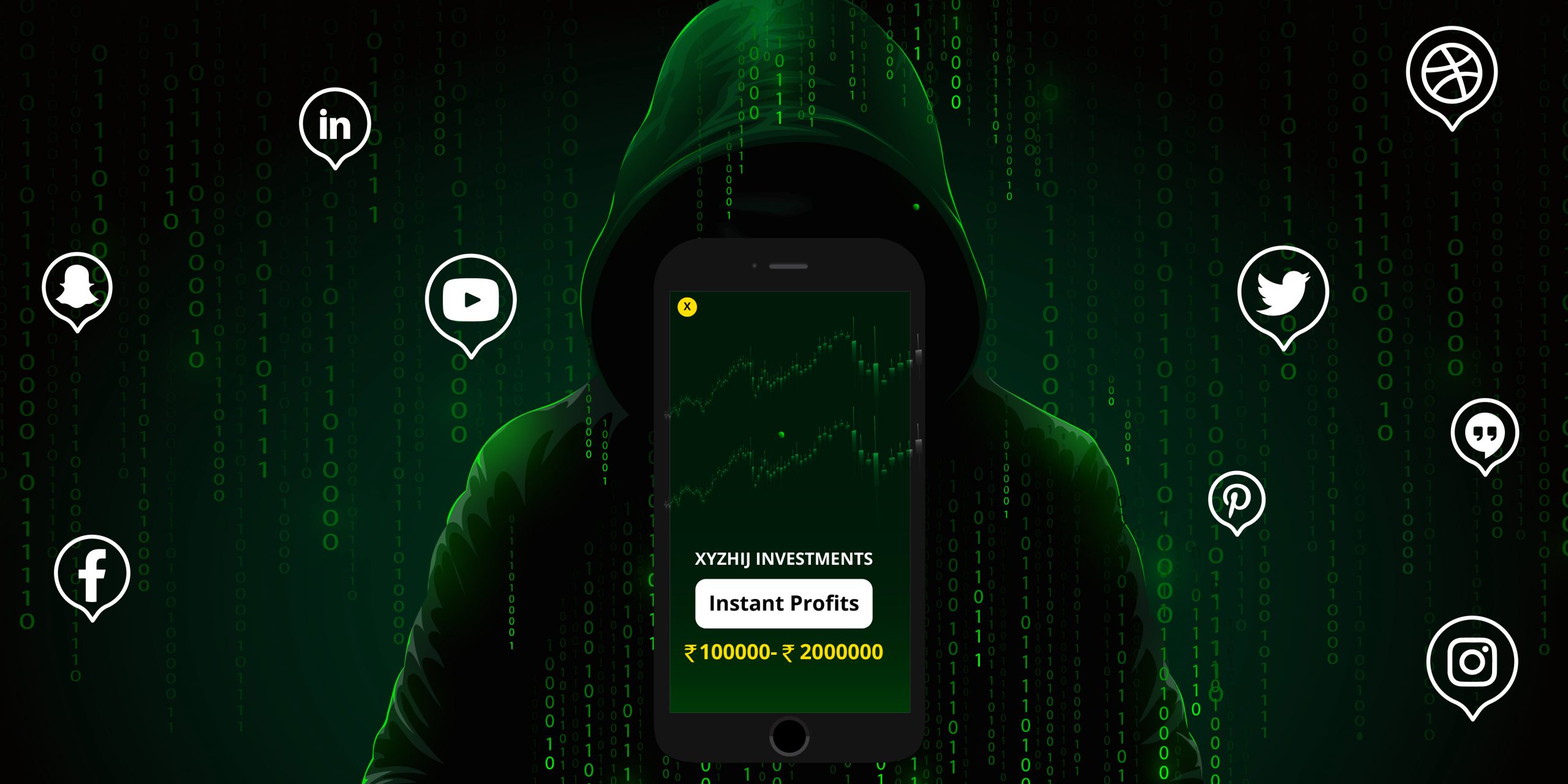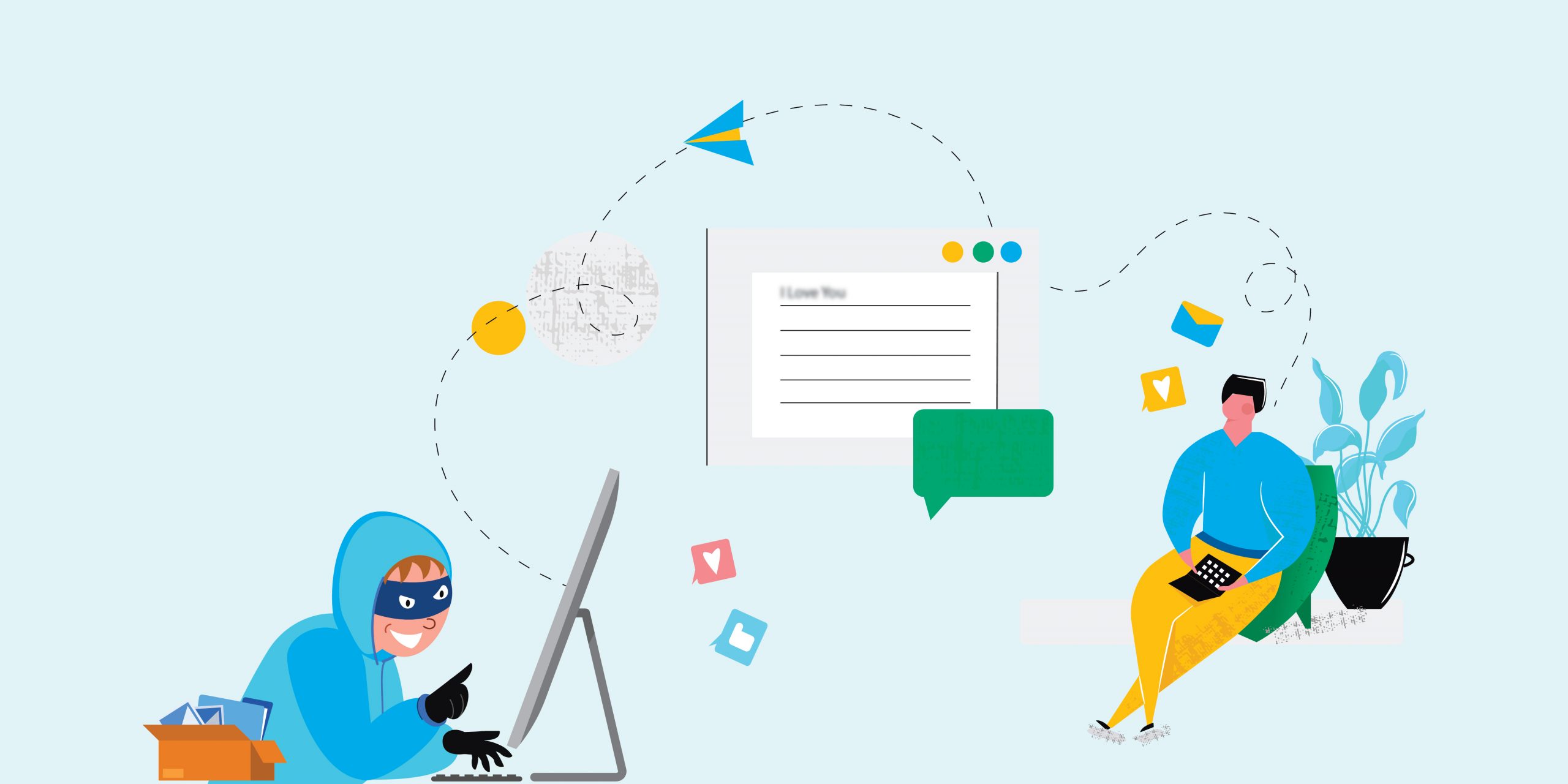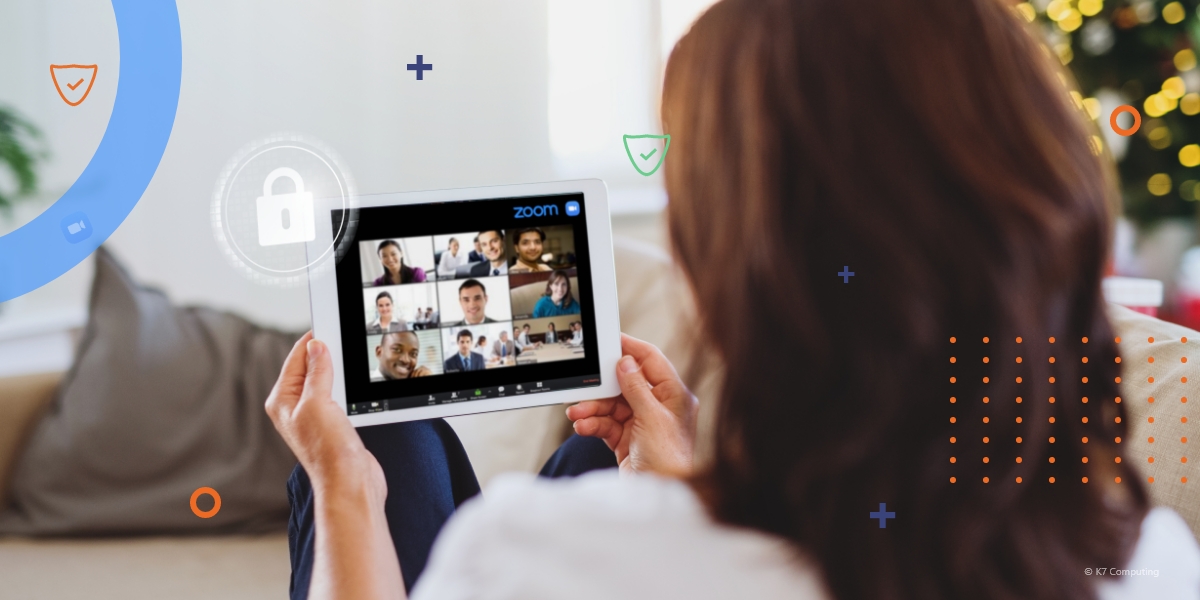Cyber-threats continue to evolve into more sophisticated, malicious events. Is cybersecurity matching its pace with cyber threats? What does the future hold?
The world has been online for decades and so have threats. Have we not developed sufficient defenses? Is there no defense against cyber-threats? How big is the problem?
The answer to these questions is not straightforward, but those fighting for cybersecurity are aware of two crucial facts –
- Cyber-threats have evolved faster than we imagined
- Cybersecurity is most effective when used to detect and respond, rather than as a broad preventive
To understand the scale of what we are looking at, here is one projection – By 2020, there will be no less than 50 billion connected devices. These include not just conventional computers and mobile phones, but also wearables, TVs, vehicles, home appliances, and more! In other words, as more aspects of our life go online, the attack surfaces increase, too.
It is easy to imagine the worst, and contend with the view that cybersecurity lags far behind cyber-threats, but in truth, enterprises all over the world have made incredible headway into the prevention, detection, and counter-measures against cyber-threats.
Some of the most significant advances in Cybersecurity, both in terms of technology and approach, are –
- The Shift Towards Total Security – Security is moving away from an unstructured ‘plug and play’ model into something that is integrated into the entire process. In the case of enterprise security, for instance, Cybersecurity is merged with company protocols on data governance, device access, and usage, and so on.
- Looking Up to the Cloud – As the cloud environment matures, so must the security guidelines for private and public use. Cybersecurity firms are making use of a head-start in the cloud, since major threats have not yet manifested in this environment.
- Contextual Access – In a way, this trend is a strengthening of the basics of cybersecurity. Contextual access means infusing additional attributes to augment identity. Individuals and organizations can thus be more confident that they are granting access to the intended parties.
- Device Specific Credentials – In addition to the highly effective DMARC standard for authentication, binding a device with credentials specific to that device goes a long way in providing convenience as well as security to the user.
However, the most effective measure would be for users to take the onus on themselves to keep abreast of threats as well as updates in cybersecurity. Over time, this will not only reduce the uncertainty surrounding incidents, but it will also raise the standards of security that they can demand from an enterprise.
For starters, it might be a good idea to make cybersecurity a year-long focus, instead of commemorating it over a short period or considering it as a reaction to the latest malicious attack.





